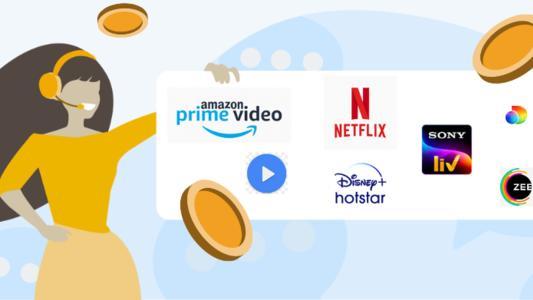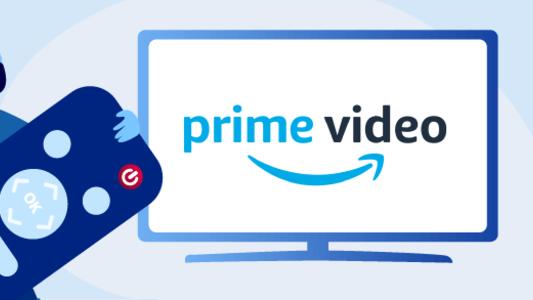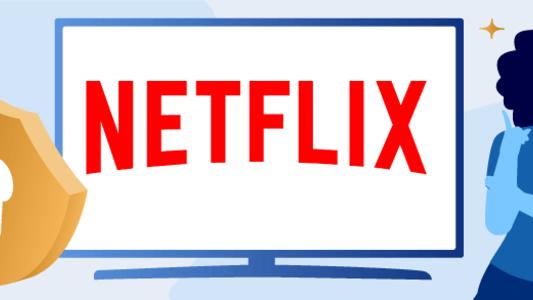Will OTT Platforms Completely Replace Traditional Television?
As we have all heard, history repeats itself some time or the other. Look how video crushed radio stars, DVDs crushed traditional cassettes, and downloadable content crushed DVD selling.
Similarly, today DTH (Direct-to-Home) and cable services fight for survival against the new OTT (Over-the-Top) services.
OTT vs. DTH is one of the trending debatable topics in every Indian household. The members of the same family will have different opinions about forecasting the ultimate winner of this competition.
The older most members of the family, for instance, may not see the viability of OTT platforms. But, on the other hand, the younger ones may not even imagine living without access to OTT platforms.
Besides age groups, locations of individuals may also affect such forecasting. For instance, people living and breathing in rural areas of India with limited access to high-speed internet will confidently declare that OTT platforms can never replace DTH or cable services. (We wouldn’t completely disagree with them, though!)
Ask the same question to dwellers of urban cities. Well, we all know how different their opinion is going to be from the former.
Before we move on giving our verdict of OTT vs. DTH, let us look at some key facts:
- According to IBEF (India Brand EquityFoundation), the digital and OTT market is expected to generate revenue of Rs. 338 billion (US$ 4.63 billion) by FY22.
- According to Statista, the number of cable TV users in India stood at 103 million in the 2019 financial year despite being at 92 million in the 2017 financial year. Additionally, in Jan’21, the TRAI (Telecom Regulatory Authority of India) stated that the total active user base of Indian DTH operators stood at 70.70 million in Sep’20.
Why do these statistics not clearly mention who is winning and who is losing? Is it OTT India or DTH India?
Selectra will help you reach a more meaningful conclusion.
We have shared our opinions about how different demographic factors affect the result of this technology war.
Before we move on, let us glance at the basics, benefits, and drawbacks of both OTT and DTN services.
OTT: Basics, Pros, and Cons
OTT services are web-based services that offer video and audio streaming content that allow subscribers to pay for the type of content they wish to binge-watch without dealing with DTH or cable operators.
These are more affordable than DTH in terms of quality of the services, offer instant payback, and provides multi-device accessibility. However, constant dependency on the internet connection, lack of censorship, and binge-watching are some drawbacks of OTT services.
DTH: Basics, Pros, and Cons
DTH is an encrypted transmission traveling to the consumer directly through a satellite. DTH transmission is received directly by the consumer at his end through the small dish antenna. A set-top box, unlike the regular cable connection, decodes this encrypted transmission.
DTH provides good coverage, has strong signal quality, and monitors censorship. On the other hand, the DTH installation process is time-consuming and technical, the services lag during extreme weather conditions like heavy rains, and the content library is limited when compared to OTT platforms
Now that our readers have a fair understanding of both the types of services let us look at different factors that can help or hinder the take over of traditional television by the OTT platforms
Younger Population vs. Older Population
The younger population today is going gaga over OTT platforms. The mere flexibility to watch your favorite movie or sitcom whenever and wherever you want to is the biggest OTT attraction for the younger gen.
Today’s young population prefers privacy more than ever before. OTT platforms give them the privacy their viewers want. But, talking about the Indian dynamics, not every 20-yeard old or older can watch adult content with their folks without giving place to awkwardness. Moreover, the constant addiction to social media platforms makes it easy for young adults to switch between different apps on their laptops and phones.
On the other hand, the older population is still a little behind in catching up with the latest trending shows on OTT platforms. Had COVID-19 not happened, the older population would have still been reluctant to move out of their traditional TV watching experience.
Rural Area vs. Urban Areas
One of the essential infrastructural elements to make you enjoy your OTT viewing is good speed internet. Let us face it, not everyone on this planet has access to 4G or 5G services. Not everyone in our country has access to decent-speed internet.
DTH services will always win the battle because of their satellite properties regarding low internet penetration in a specific area. Do you remember the last time you went crazy because of a small-time internet failure at your home? Imagine having that kind of poor network 24*7 for 365 days. How many times would you have thrown the TV remote or cracked your phone screen out of frustration?
The urban dwellers, on the other hand, have continued to show more interest in OTT platforms. Access to high-speed internet services along with the flexibility to choose when to watch pushes these dwellers to subscribe for OTT platforms.
Tech Savvy vs. Technophobic
Often it feels like today’s children learn to use smartphones as early as when they are in their mothers’ wombs. OTT platforms require their users to be basic tech-savvy to be able to enjoy all its innovative features. A user should be able to perform uncomplicated functions like searching for a show/movie, pressing play/pause, creating accounts, making online payments, etc.
Talking about the Indian context, more than half of our population is illiterate and so is more comfortable consuming content on traditional television where all they have to do is switch on the TV and pick their favorite channel at a specified time.
Our Verdict
Selectra’s verdict states that OTT may eventually take over DTH service in India, but this may happen in a decade or so. Why? Because it all depends on how tech-savvy our population becomes (from the young to adults), how quickly high-speed internet reaches the remote Indian villages, and how fast the viewing differences we talked about in the above sections shrunken. We predict OTT and DTH working hand-in-hand to provide a balance viewing experience to use.








